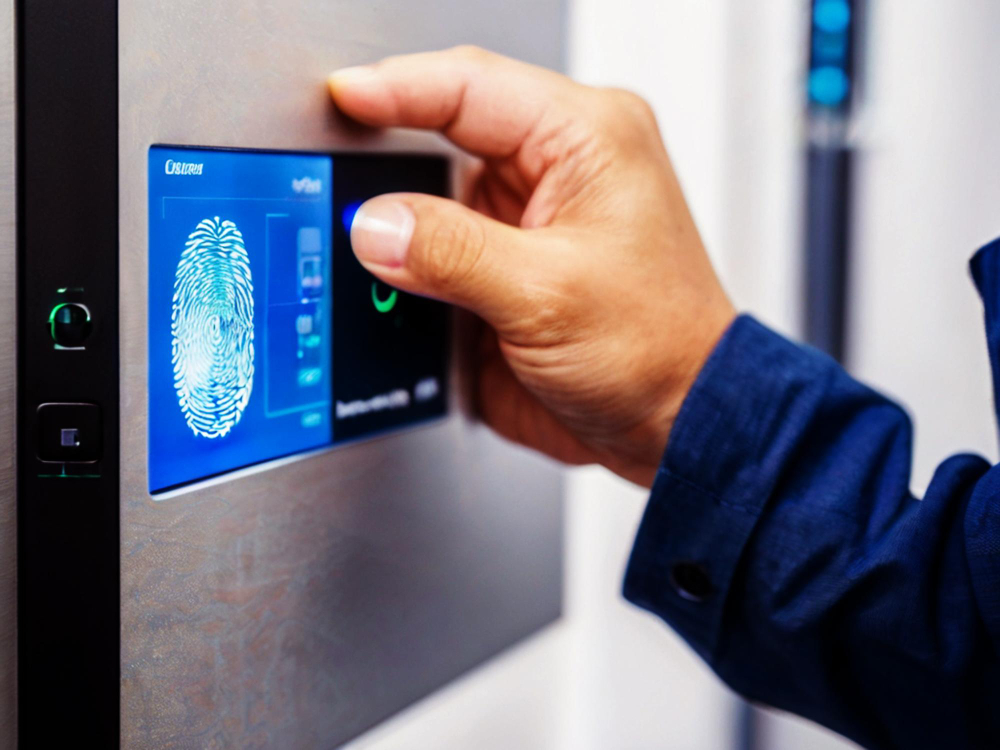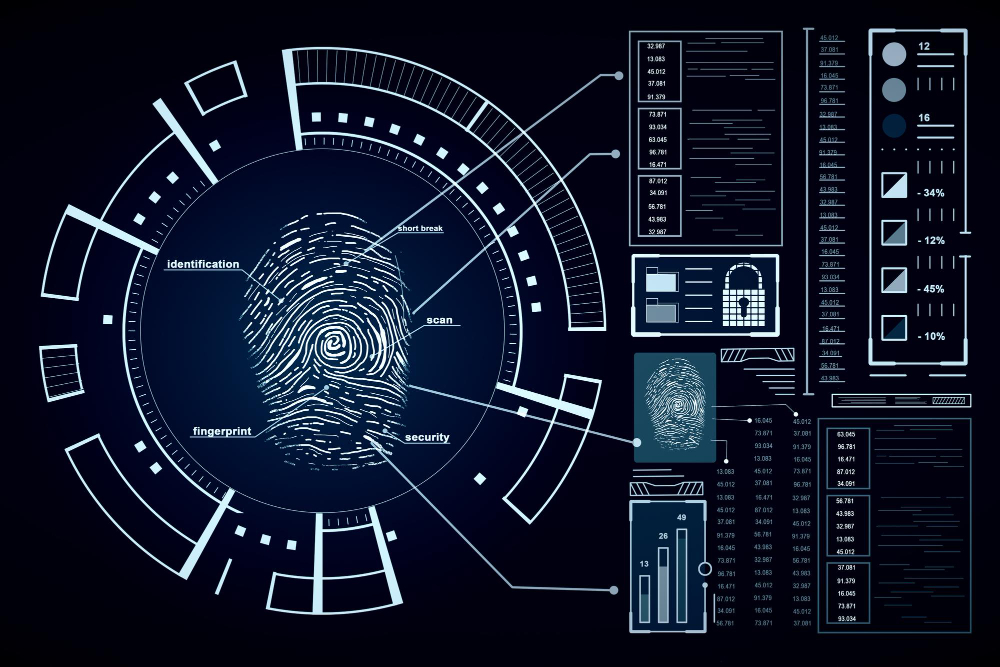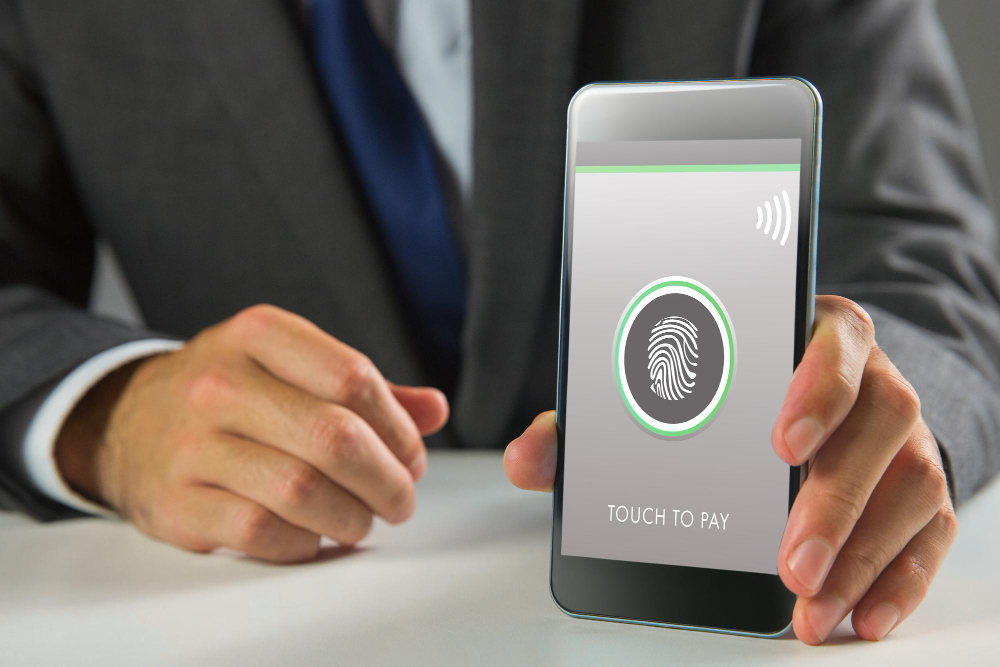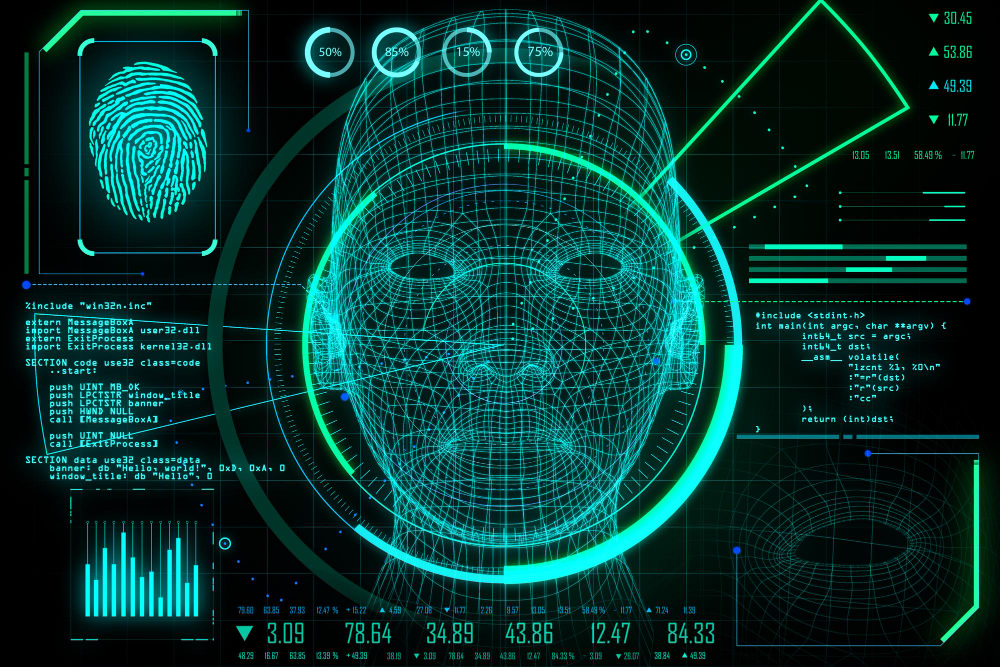Biometric authentication is changing the way we secure access to systems. By using unique biological traits, this technology offers a level of accuracy and convenience that traditional methods cannot match.
It minimizes risks such as password breaches and simplifies user identity verification. As industries continue to adopt it, biometric authentication paves the way for more secure security solutions.
Here, we take an in-depth look at this authentication. So, let’s take a look.
What is biometric authentication?

This biometric authentication system uses physical or behavioral characteristics to verify an individual’s identity. These traits include fingerprints, facial features, or voice patterns. The process involves capturing biometric data, comparing it to stored records, and confirming matches.
Unlike passwords or identity cards, these biometric traits are difficult to replicate, making this method more secure. This method is increasingly used in banking, healthcare, and law enforcement industries to ensure safe access and protect sensitive data.
Types of Biometric Authentication Methods
Eye Recognition
Eye recognition analyzes unique patterns in the iris or retina to verify identity. It uses high-resolution cameras to capture these details, which remain consistent over a person’s lifetime.
This method is popular for high-security environments due to its accuracy. Eye recognition systems are used in airports, research facilities, and secure corporate sites to restrict unauthorized access.
Fingerprint
Fingerprint recognition scans the curves and patterns of a person’s finger. It is one of the most widely used forms of biometric authentication. Mobile devices, laptops, and office entry systems often include fingerprint scanners. It is widely used for its speed and reliability, making it an effective tool for personal and professional use.
Facial Recognition
Facial recognition identifies individuals by analyzing facial features. Cameras capture the face’s shape, size, and contours to create a profile. This method is used in smartphones, surveillance systems, and public safety applications. Facial recognition works quickly but requires high-quality images for accurate results.
Vein Recognition
Vein recognition maps the patterns of blood vessels under the skin. Infrared sensors capture these patterns, which are most likely impossible to replicate. This method is highly secure and resistant to counterfeiting. Vein recognition is commonly used in the banking and healthcare industries, where protecting information is crucial.
Voice Recognition
Speech recognition uses speech patterns to authenticate users. It analyzes the pitch, tone, and cadence of speech to verify identity. It is helpful for phone-based authentication and virtual assistants. Voice recognition provides convenience but may face challenges in noisy environments or if the user’s voice changes due to illness.
What are the components of biometric authentication devices?

A biometric authentication device consists of several key components. Sensors capture biometric data, such as fingerprints or facial images. The processor analyzes this data and compares it with stored records.
The database securely stores the biometric templates for future reference. The software handles the matching and decision-making process, determining whether the input matches the authorized user. These components work together to provide accurate authentication results.
The Benefits and Risks of Biometric Authentication
Benefits
Ease of Use
Biometric authentication simplifies access by eliminating the need for a password or PIN. Users only need to present their biometric traits, such as fingerprint or face, for instant verification. This convenience makes it the preferred choice for securing devices or systems.
Identity insurance
Biometric systems ensure accurate identification by using unique traits. This reduces the possibility of identity theft and increases the security of sensitive operations. Its high assurance makes it ideal for financial and government applications.
Fraud Detection
Biometric authentication minimizes fraud by verifying identity-based on physical traits. This approach makes it difficult for attackers to impersonate users. Banks and e-commerce platforms use biometric systems to enhance transaction security.
Risk
Partial Matches
Biometric systems can sometimes create partial matches, leading to incorrect authentication. This can happen due to poor quality input or environmental factors. Ensuring proper device calibration can help mitigate this risk.
Fail to Recognize a Valid User
An error may occur when the system fails to authenticate an authorized user. This can be caused by display changes or device malfunction. To mitigate this, regular system updates can be done.
Fears of Sharing Biometric Data
Users may hesitate to share their biometric data due to privacy concerns. Therefore, ensuring secure data storage and transparency in data usage can help build trust.
Data Storage
Storing biometric data requires high security to prevent breaches. If breached, biometric traits cannot be changed, like passwords. Organizations should implement strong encryption and secure storage solutions.
What are the use cases of biometric authentication?

Travel
Biometric authentication speeds up identity checks at airports and borders. Systems such as e-passports and facial recognition reduce waiting times and increase security.
Healthcare
Healthcare providers use biometrics to secure patient records and verify staff identity. This increases data privacy and ensures authorized access.
Identity and access management systems
Organizations integrate biometrics to secure access to the network. This prevents unauthorized entry and improves overall security.
Law enforcement
Police use biometrics such as fingerprints and facial recognition to identify suspects and solve cases. These tools improve the accuracy and efficiency of investigations.
Payments
Biometric authentication enables secure transactions in online and offline payments. Fingerprint or facial recognition replaces traditional passwords for faster payments.
Biometric Authentication Myths Busted
Biometric identification can be fooled by static images and photographs
Advanced biometric systems include life detection to prevent forgery. The system ensures that only real and living traits are recognized.
Biometric identification is only applicable if the user is already known
Biometric systems can verify identity against large databases, even if the user is not previously registered. This makes it suitable for a wide range of applications.
Biometric technology is an invasion of privacy
Biometric data is securely stored and often encrypted. Organizations must follow strict regulations to ensure user privacy.
Biometric models expire as the user ages or features change
Modern biometric systems adapt to small changes in physical traits over time while maintaining accuracy.
What is Multimodal Biometric Authentication?

Multimodal biometric authentication combines two or more biometric methods to enhance security. For example, a system may require both fingerprints and facial recognition. This reduces the chance of errors and improves accuracy. Multimodal systems are used in high-security environments where single-factor authentication may not be sufficient.
Example of Multimodal Biometric Authentication
Airport security systems can combine facial recognition and iris scanning. Passengers first scan their passports and then analyze their faces and eyes. This two-layer verification ensures that the traveler’s identity matches the documents provided. A system like this increases security while maintaining convenience.
Frequently Asked Questions
Can biometric authentication be fooled?
Modern systems include advanced features such as liveness detection to prevent counterfeiting. While no system is perfect, biometrics offer stronger security than traditional methods.
Where is biometric authentication used?
Biometric authentication is used in areas such as banking, healthcare, travel, law enforcement, and consumer devices to secure access and verify identity.
Is my biometric data safe if it is stored somewhere?
Organizations that store biometric data use encryption and secure servers to protect it. Ensuring compliance with privacy laws further enhances security.
Conclusion
Biometric authentication offers a secure and convenient way to verify identity. Utilizing unique biological traits reduces fraud and increases security across industries. As technology evolves, biometric systems will become more accessible and reliable, changing the way we verify identity.
For those of you who want to know more about authentication, check out Fluxgate. Here, many things about cyber security can undoubtedly add to your insight.
